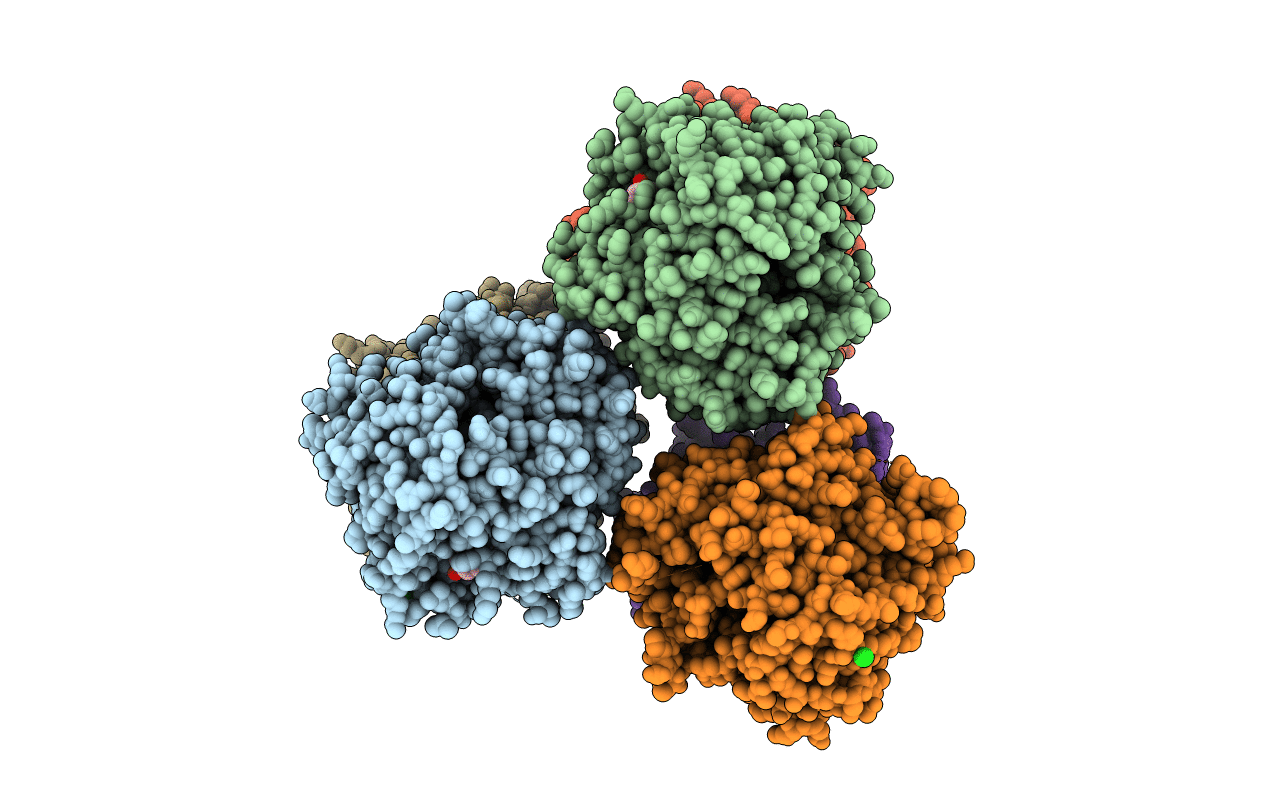
Deposition Date
2019-12-20
Release Date
2020-07-08
Last Version Date
2023-10-11
Entry Detail
PDB ID:
6VCH
Keywords:
Title:
Crystal structure of Nitrosotalea devanaterra carotenoid cleavage dioxygenase in complex with 3-hydroxy-beta-apo-14'-carotenal
Biological Source:
Source Organism:
Candidatus Nitrosotalea devanaterra (Taxon ID: 1078905)
Host Organism:
Method Details:
Experimental Method:
Resolution:
2.35 Å
R-Value Free:
0.23
R-Value Work:
0.21
R-Value Observed:
0.21
Space Group:
P 61


